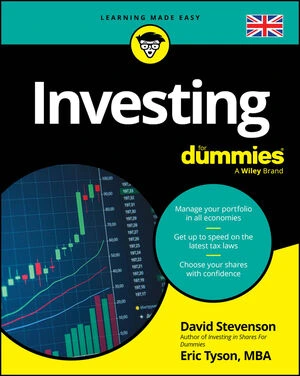-
Keep a long-term perspective. It’s good to monitor your portfolio to see how your shares are doing, but remember that spending hours each day in front of your computer screen looking at your portfolio could tempt you into trading for no sound reason.
-
You never go broke taking a profit. If you believe that one of your shares has risen so far that a fall is imminent, take a profit. You don’t have to sell all of the holding. Take out your original investment and leave all the gain still riding on the share.
-
Don’t panic when the market falls. Occasional falls in the prices of your shares are inevitable; their effects are usually short term. If you’re a long-term investor who’s using the sharemarket to build wealth over decades, short-term fluctuations on the sharemarket are irrelevant.
-
Don’t worry about capital losses. A capital loss occurs only when you sell your shares. Until then, the loss is only a calculation on paper. If you’re confident in your shares, hang on to them.
-
Don’t let tax considerations determine your strategy. The sole reason for investing in growth assets is to get capital growth. Don’t hang on to profitable shares just to avoid paying capital gains tax. Focus on the pleasing fact that you’ve made a capital gain, not on the tax. If you do sell and take a capital loss, the consolation is that you can use it at tax time to offset against some of your capital gains.
-
You can’t outsmart the market by timing trades in and out of shares. You won’t get it right anywhere near often enough, and the transaction costs eat into your returns. Be an investor not a trader.
-
Remember that a diversified portfolio is a safer one. When you buy different assets, you minimise your overall risk. Your goal in diversifying is to benefit from the performance of different assets that are usually not synchronised. If shares are performing poorly, property or bonds may be performing well. You should include at least one other asset class with shares to diversify your investments.
By
Updated
2016-07-24 19:15:27
From the book
No items found.
Share
Investing in shares is a long-term commitment. You don’t need to be sitting in front of your computer all day, but when you do have a well-constructed share portfolio underway you need to monitor the sharemarket and keep an eye on what’s happening with your stocks.






